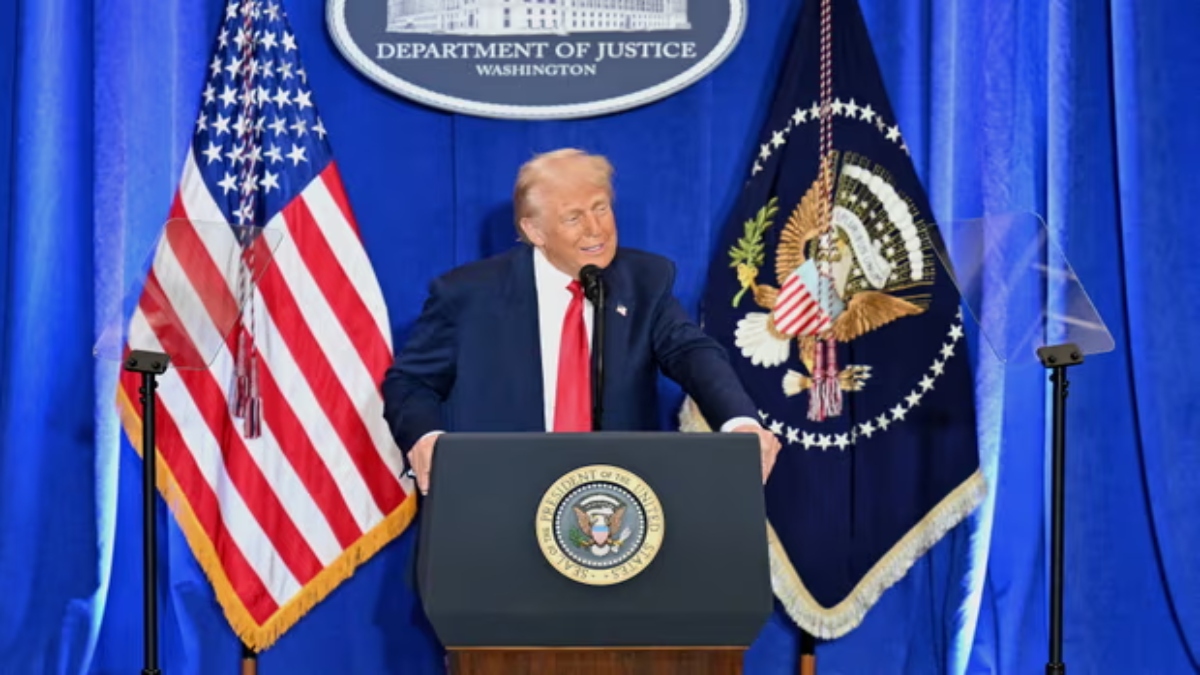President Donald Trump is set to implement his so-called reciprocal tariffs on April 2, a move he has labelled “Liberation Day” for the United States, as it seeks to recalibrate trade relationships with a select group of countries that maintain persistent trade surpluses with Washington.
While the administration is expected to proceed with the core reciprocal tariffs on that date, a final decision on broader sector-specific levies– targeting industries such as automobiles, pharmaceuticals and semiconductors– has yet to be confirmed.
Focus on ‘dirty 15’
Wall Street Journal quoted officials familiar with internal discussions as saying that the White House has opted for a more tailored approach in the near term, focusing on a group of countries informally referred to as the “dirty 15.”
The “dirty 15” designation, coined by Treasury Secretary Scott Bessent, refers to roughly 15 nations with longstanding trade imbalances with the US.
These countries– likely to include G20 members and major trading partners such as China, Japan, Germany, South Korea, India, Mexico, and Canada– are expected to face steep tariffs under the plan. In Asian markets , uncertainty remained as the April 2 deadline edged closer.
Other nations may be subject to more modest duties, with individual tariff rates set on a country-by-country basis.
A departure from earlier threats
The shift toward a narrower focus would be a departure from earlier plans to introduce a broader three-tiered tariff framework encompassing high, medium and low categories for virtually all US trading partners.
Instead, the administration now favours assigning bespoke tariff rates to specific countries, reflecting Trump’s emphasis on a more transactional, case-by-case approach to trade.
While the reciprocal tariffs are set to be announced on April 2, implementation could occur immediately using emergency executive authority, officials were quoted as saying. However, the plan remains fluid, and industry representatives continue to press the administration for clarity.
The status of sector-specific tariffs, originally billed as a central element of the April 2 action, remains uncertain. Despite repeated statements from Trump signalling his intent to impose levies on critical industries, administration officials have privately acknowledged that those measures are unlikely to be announced next week.
Impact Shorts
More ShortsTrump has also linked some potential tariffs to security concerns, citing fentanyl trafficking as justification for duties on Mexico and Canada. However, the White House has yet to provide a detailed timeline or legal basis for such actions and has not responded to requests for comment.
Will industry groups get exceptions?
Business leaders and foreign governments have been left in a holding pattern. Industry groups say they have struggled to obtain information on whether exemptions will be available, and multiple Fortune 500 companies have ramped up direct lobbying efforts with senior White House and Commerce Department officials. Yet few expect concessions.
At a recent meeting with oil executives, Trump indicated reluctance to grant carve-outs, despite pressure from industry groups. Commerce Secretary Howard Lutnick and US Trade Representative Jameson Greer also signalled a tougher stance, with Greer reportedly saying the previous administration had been too lenient with exemptions.
A White House official later disputed that tariffs were discussed at the meeting.
Trump’s advisors have suggested that granting exemptions now would diminish US leverage in future negotiations. Still, there is growing frustration among executives over the lack of transparency.


)

)
)
)
)
)
)
)
)



